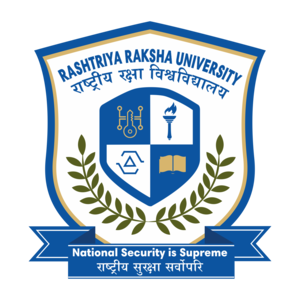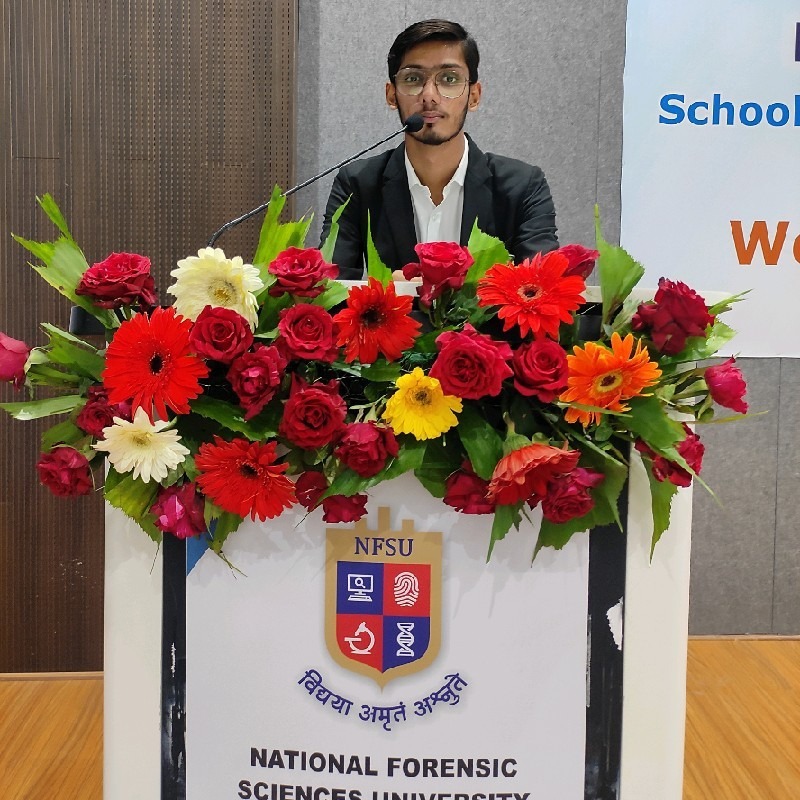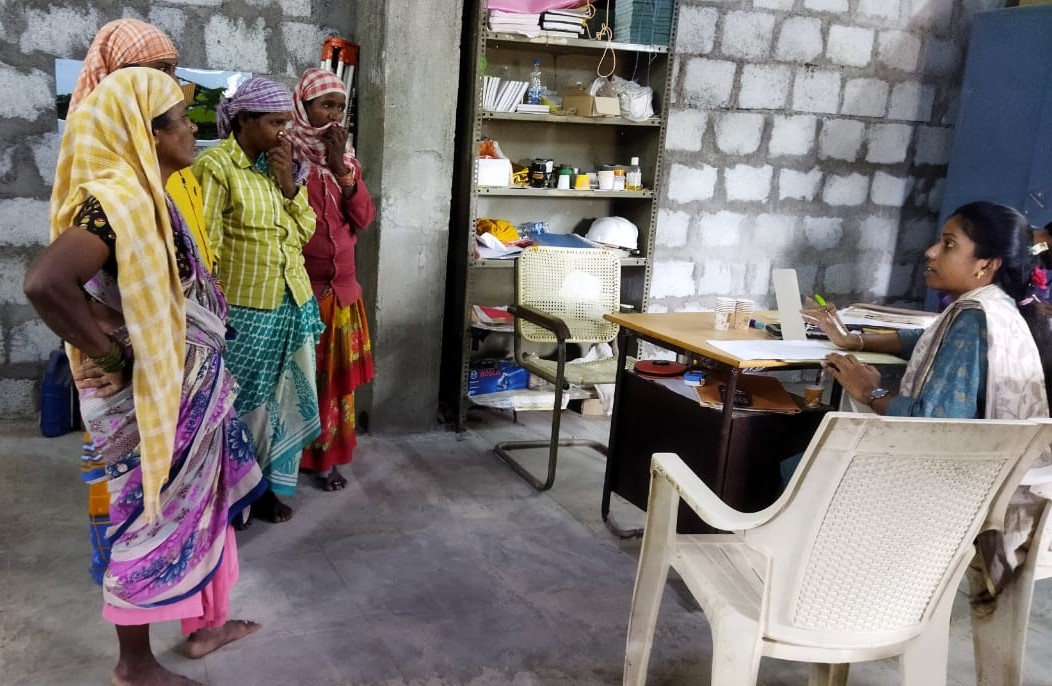
Child Rights in the Glittering World
CHILD RIGHTS IN THE GLITTERING WORLD
- Dr. Jyoti Marwah
Nonetheless a child is a valuable asset of the society, indeed the growth of a society is directly proportional to the development of the community; henceforth, it provides a glimpse into the progress of the society. Due to the vagaries of the socio-economic conditions some children are forced into the work industry under harsh conditions. Indeed poverty is the key reason which forces children into work, especially the hardships arising out of grim poor condition coupled with vices of drug abuse, alcoholism, etc. is grave enough to initiate the adversary of child labour or bonded labour.
Another facet of this problem is the child work force in the entertainment industry which harnesses the child performer is exploited with the likability of their innocence and ability to generate income. Moreover, this situation worsens when the child actors are robbed of their normal livelihood, especially the essence of schooling and education; thereby, transforming them into money making machines for their parents, managers, etc. However, the employment perspective of these young performers or achievers requires special care in comparison to their adult counterparts. The International Labour Convention and United Nations Convention on the Rights of Child (UNCRC) have set forth several guidelines to protect the interests of the child performers in the glittering world which has been successfully implied in the various nations which are hubs of entertainment industry.
STANDARDS OF THE INTERNATIONAL LABOUR ORGANISATION
A ‘child’, according to the definition from the International Labour Organisation (hereinafter referred as ILO), is a person under 14 years of age, and a young person is one who is under 16 years of age. ILO facts sheet reveals that in many situations’ children are most likely to be employed in light work done within their own family as for example in public entertainment, apprenticeships; and works sponsored by the government. According to ILO Minimum Age Convention (C138) of 1973, child labour refers to any work performed by children under the age of 12, non-light work done by children aged 12 to 14, and hazardous work done by children aged 15 to 17. Light work is described under this Convention as any work that does not harm a child\'s health and development, and does not interfere with his or her attendance at school. This convention has been ratified by 135 countries.
Children have been exploited as performers and wooed energetically by consumers throughout history. Managers and parents of child performers are often in conflict with legislators who attempted to regulate and control such exploitations. Legislators reasoned that their regulating efforts are based on preconceived ideas about the nature of children and their enjoyment of their childhood in their own cultural contexts. Scholarly investigations have been made on the issue of children performers focusing either from the perspectives of employment regulation and their participation in the entertainment industry with examples drawn from historical and contemporary contexts. Literature on issues surrounding child performers in the entertainment industry are global, from British and North American perspectives; from contributors in Australasia, Italy, India, Indonesia, Taiwan, and mainland China - spanning from the eighteenth century to the interwar years and contemporary twenty-first century practices (Arrighi & Emeljanow, 2014). Among well-known child performers from the American and UK entertainment industry includes Shirley Temple, Jackie Coogan, Elizabeth Taylor, Britney Spears, Drew Barrymore, Michael Jackson, Macaulay Culkin, Emma Watson and Daniel Radcliffe.
THE INDIAN PERSPECTIVE
India has a slightly different portal of child performers, as it has ratified two more ILO conventions in June 2017 i.e. Child Labour (Prohibition and Regulation) Act, 1986 (‘Act”) in 2016 and introduced the Child Labour (Prohibition and Regulation) Amendment Rules, 2017, thus, dignifying the space of child labours in this glitterati known as the entertainment industry. In the ambit of various hardships and challenges faced by the underage it is imperative to make such rules and guidelines for their safe and smooth workability. Moreover, the National Commission for Protection of Child Rights (NCPCR) has laid certain guidelines while discussing the rights of children, thus quoting, “Participating in an adult-oriented industry, children are often exposed to unsuitable, anxiety inducing, and at times, dangerous operational hazards and situations. Many of these problems may be inherent and generic to the industry, but children, unlike their adult counterparts, should not be expected to handle the emotional and physical stress. It needs to be remembered that, by and large, children do not join the industry of their own volition. There is always an adult involved – a parent, or caretaker – who takes the decision for them. In the absence of any monitoring mechanism, there is every likelihood of child actors being exploited when it comes to the number of hours worked per day, and short-changed in terms of educational and safety provisions." All this has been done in lieu of protecting the physical conditions of work, safety of children, setting up of regulatory mechanisms and promotion of simultaneous education of the under age performers.
There have instances in the industry where directors, producers and actors are sensitizing people about the ‘glittering yet exploited’ lives of the child actors and are prohibiting their further misuse. Shoojit Sircar recently used social media to voice his opinion and urged the dire need to ban the child actors as it destroys them emotionally and spoils their purity. The director of the movie ‘Stanley Ka Dubba’ Amole Gupte adjusted his shoot timings with the school schedule of his child actors. Henceforth, the laid norms and guidelines are working in the favour of the young performers.
LEGAL IMPERATIVES
In anticipation to this there are certain indispensable compliances (Act of 2016, amended) which the producers must whilst ensuring the performances by the child actors; which are enlisted below:
A. Prohibition of employment children in any occupation or process
i. According to Section 3 persons below the age of 14 are prohibited from working in any organisation
ii. Only non-hazardous occupations that too after scheduling in the school
B. Conditions for children working in the media entertainment
i. Permission from the District Magistrate is to be sought with undertaking of Form C of the Act.
ii. A tabulation of all child participants must be made with a consent signed from their parents.
iii. The screening or shooting must ensure no abuse or exploitation or neglect of the child.
iv. Proper arrangements to be made for the provision of quality education.
v. Children should not be allowed to work for more than twenty-seven days
vi. Appointment of one responsible person over a maximum of five children in an event to ensure protection, care and best interest of the children.
vii. According to the new rules about 21% of the child’s income should be deposited in a nationalised bank as fixed deposit which shall be given to him/ her after attaining majority (in the light of the Jackie Coogan Case which led to the formation of Coogan Laws in California, United States of America)
viii. Most importantly no child should be forced to work in any audio-visual and informal entertainment activity without their consent or will.
CONCLUSION
In a nutshell, it is imperative for all civilizations to keep the children safety as top priority but the paperwork does not warrant the same; however, responsible adults do it without any failure whilst ensuring the physical and psychological well being of the children. As these child performers are not only exposed to wealth but infamous popularity which these young minds are unable to handle. As it deprives them primarily of their normal childhood and looses their childlike innocence. The crux of the matter is that amidst all of this it is the exposure of limelight which has a grave negation on the growth of the children but with the flourishing entertainment industry the involvement of the children cannot be ignored; thence, the only remedy is the appropriate execution of the set rules and guidelines by the law for the protection of the interest of the child performers and the sensitization of the society towards their vulnerabilities.
REFERENCES
1. Rana and Chopra (2017), “India: Child Actors and Child Labour Laws”, https://www.mondaq.com/india/media-entertainment-law/614290/child-actors-and-child-labour-laws
2. Musa, Ariff, Udin and Ghadas (2019), “Child Performers in the Entertainment Industry: An Analysis from the Employment Regulations Perspective”, https://www.researchgate.net/publication/332570438_Child_Performers_in_the_Entertainment_Industry_An_Analysis_from_the_Employment_Regulations_Perspective
3. UNICEF (2016), “Unite For Children”, Journal on the Rights for Children, Volume !, Issue 1, National Law University Odisha, Cuttack
4. B.S Reporter (2015), “Govt to allow children to work in family firms, film industry”, Business Standard, New Delhi












